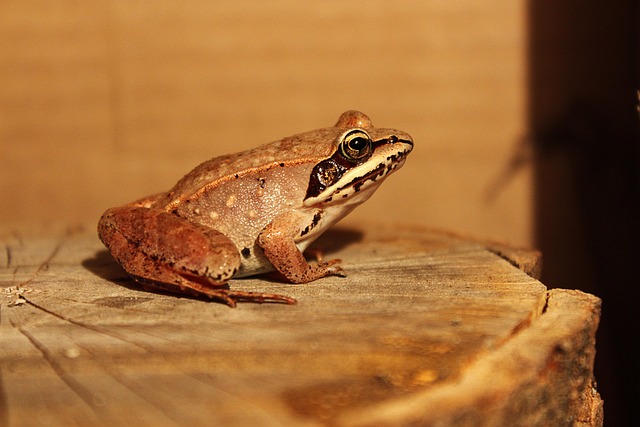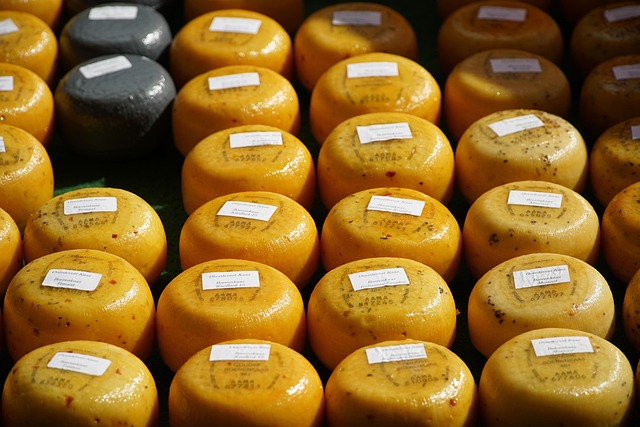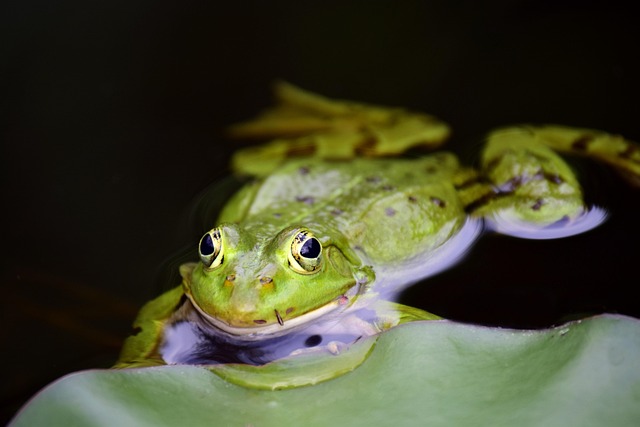
Exploring the Diverse Frog Species: A Fascinating Journey into the Amphibian World
When we think of the wonders of nature, few creatures are as captivating and diverse as frog species. These remarkable amphibians inhabit nearly every corner of the world, showcasing an incredible array of colors, sizes, and adaptations. From the vibrant hues of the poison dart frog to the elegant leap of the red-eyed tree frog, the journey into the realm of these amphibians is both enchanting and educational.
Frogs thrive in a myriad of environments, from tropical rainforests to arid deserts, revealing their uncanny ability to adapt to distinct habitats. For example, the Surinam toad exemplifies a unique approach to breeding, where the female carries the eggs embedded in her back, showcasing the astonishing life cycles of these amphibians. In stark contrast, the common frog, found throughout Europe, prefers the damp ponds and fields, often blending into the lush vegetation – a testament to nature’s brilliance in promoting survival through camouflage.
Diving deeper into the world of frog species, one can’t help but appreciate their ecological significance. Frogs are vital indicators of a healthy ecosystem; their presence or absence can signal changes in environmental conditions. As amphibians, they play essential roles in both aquatic and terrestrial ecosystems. Their tadpoles contribute to nutrient cycling in water bodies while adult frogs help control insect populations, creating a delicate balance in nature.
Moreover, the rich tapestry of frog species is not just a marvel of evolution; it also reflects the profound connections between wildlife and the habitats we share. As we explore the lush landscapes where these fascinating creatures dwell, we often find ourselves appreciating not only their beauty but also the intricate ecosystems they represent. It’s an invitation to reconnect with nature, to walk through wetlands or listen for their croaks on a warm summer night, evoking a sense of peace and wonder.
Yet, the plight of frog species worldwide reminds us of the fragility of their existence. Habitat loss, climate change, and pollution threaten these delicate creatures at an alarming rate. Understanding their significance is more than an academic pursuit; it becomes a personal call to action. By advocating for the conservation of their habitats, we ensure that future generations can relish the thrill of discovering these extraordinary animals.
Ultimately, exploring the world of frog species is a journey that compels us to engage with the natural world on a deeper level. Whether through educational programs, visits to wildlife reserves, or simple backyard observations, the opportunity to learn about these amphibians is at our fingertips. Their diverse forms are a reminder of nature’s creativity, urging us to cherish and protect the ecosystems that support them. Embracing these diverse frog species not only enriches our knowledge but also fosters a greater appreciation for the intricate web of life surrounding us.



